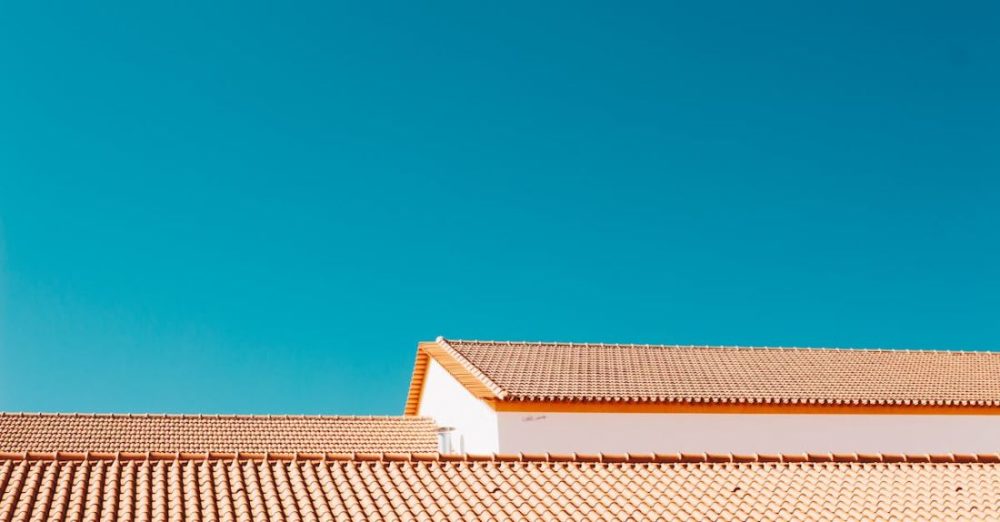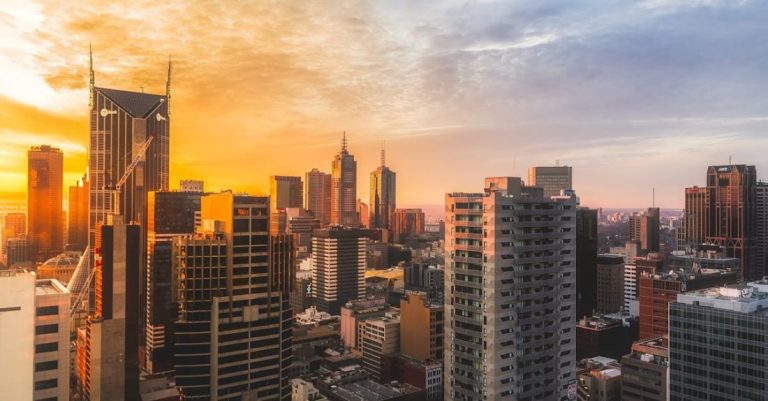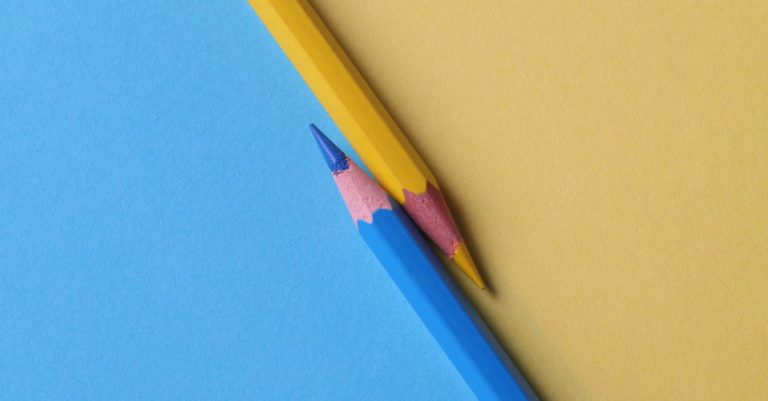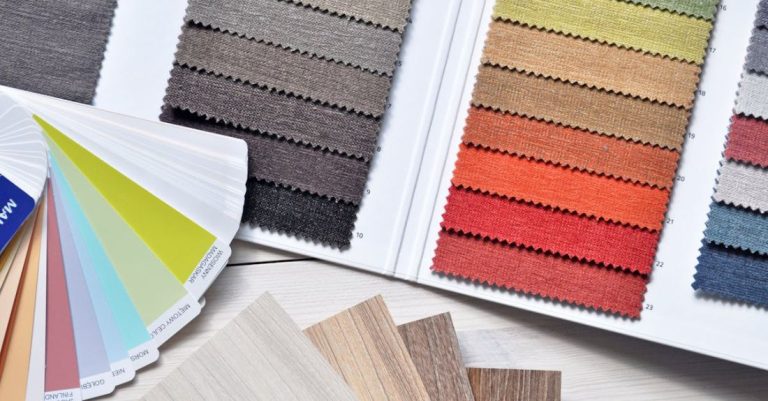
Green roofs, also known as living roofs or eco-roofs, have gained popularity in recent years due to their numerous environmental benefits. These innovative rooftop structures are covered with vegetation, providing a range of advantages for both the building and the surrounding environment. From improved air quality to energy efficiency, green roofs offer a sustainable solution to urban development challenges.
Environmental Benefits
Enhancing Biodiversity: Green roofs create habitats for birds, insects, and other wildlife in urban areas where green spaces are limited. By supporting diverse plant species, these roofs contribute to the preservation of biodiversity in cities.
Air Quality Improvement: Plants on green roofs help absorb pollutants and filter particulate matter from the air, leading to cleaner and healthier urban environments. This natural filtration process can help reduce respiratory issues and improve overall air quality for residents.
Temperature Regulation: Green roofs act as natural insulators, reducing the heat island effect in urban areas by absorbing and deflecting solar radiation. This helps regulate indoor temperatures in buildings, leading to lower energy consumption for cooling and heating.
Stormwater Management: Green roofs absorb rainwater, reducing the volume of runoff that can overwhelm drainage systems during heavy rainfall. By retaining water and releasing it slowly, these roofs help prevent flooding and erosion, contributing to more effective stormwater management in urban areas.
Energy Efficiency
Reduced Energy Consumption: The insulation provided by green roofs helps regulate indoor temperatures, reducing the need for artificial heating and cooling. This leads to lower energy consumption and decreased utility costs for building owners.
Extended Roof Lifespan: The layer of vegetation on green roofs acts as a protective barrier, shielding the roof membrane from UV radiation and extreme temperature fluctuations. This can extend the lifespan of the roof, reducing maintenance and replacement costs over time.
Noise Reduction: Green roofs can absorb and dampen sound, providing a natural barrier against noise pollution in urban environments. This can create a more peaceful and comfortable indoor environment for building occupants.
Aesthetics and Wellbeing
Improved Aesthetics: Green roofs enhance the visual appeal of buildings, adding natural elements to urban landscapes and creating green spaces in otherwise concrete jungles. The lush vegetation on these roofs can improve the overall aesthetic quality of the surrounding area.
Enhanced Wellbeing: Access to green spaces has been linked to improved mental health and wellbeing. Green roofs provide opportunities for relaxation, social interaction, and connection with nature, offering a retreat from the hustle and bustle of city life.
Economic Benefits
Increased Property Value: Green roofs can increase the market value of properties by enhancing their sustainability and energy efficiency. Buildings with green roofs are often more attractive to tenants and buyers, leading to higher property values.
Cost Savings: While the initial installation cost of a green roof may be higher than that of a traditional roof, the long-term savings in energy costs, roof maintenance, and stormwater management can offset the initial investment. Over time, green roofs prove to be a cost-effective and sustainable roofing solution.
Sustainability
Promoting Sustainability: Green roofs contribute to sustainable urban development by reducing the environmental impact of buildings and improving the overall quality of life in cities. These eco-friendly structures play a vital role in creating more resilient and sustainable urban environments for future generations.
In conclusion, green roofs offer a multitude of benefits that make them a valuable addition to urban landscapes. From environmental advantages like biodiversity support and air quality improvement to economic benefits such as increased property value and cost savings, green roofs provide a sustainable solution to many urban challenges. By embracing green roofs, cities can enhance their resilience, promote sustainability, and create healthier and more livable environments for all.





